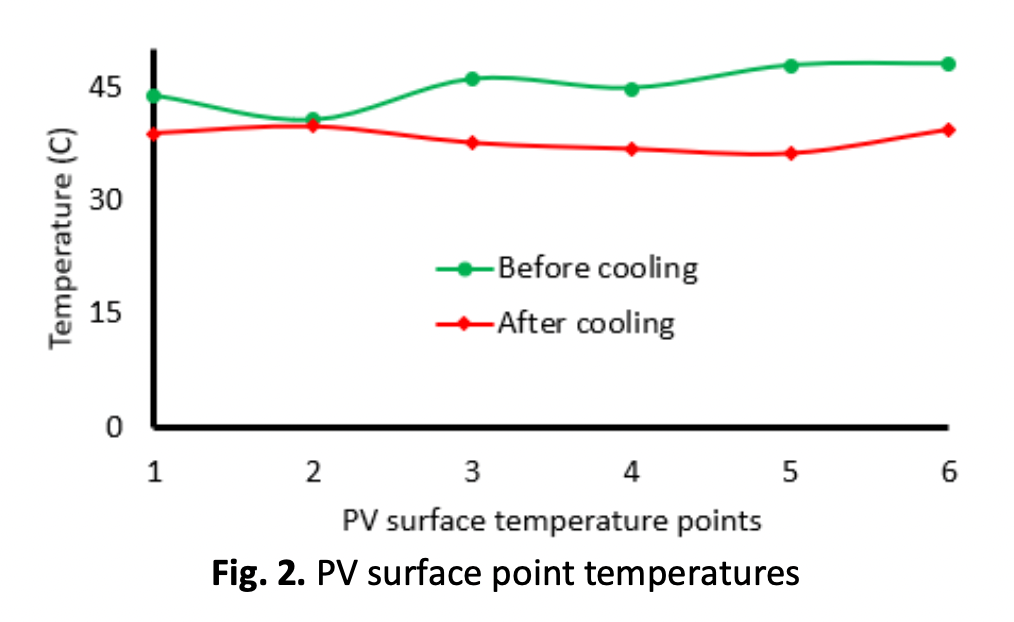Exploring the Impact of Diverse Cooling Duct Configurations on Photovoltaic Panel Performance
DOI:
https://doi.org/10.37934/arfmts.116.1.116129Keywords:
Photovoltaic, cooling PV, COMSOL, laminar flow, average temperature, rectangular sectionAbstract
Photovoltaic (PV) panels are an emerging technology that captures solar energy and produces electricity. One key concern with PV panels is the detrimental effect of high temperatures on their performance and efficiency, which is leading to a shorter service life. Cooling the panels can help to maintain appropriate working temperatures, reduce the adverse effects of heat, and increase overall energy production. This research aims to investigate experimentally and numerically the effectiveness of a cooling channel with different configurations in lowering PV panels' temperature. The findings of the experiments show that cooling methods improved panel efficiency by 0.35% and reduced the intake temperature by 7%. In numerical analysis, different 3D cooling channel geometries were investigated, and the tapered duct was found to be the best in reducing Tav at 1.73%.
Downloads

































